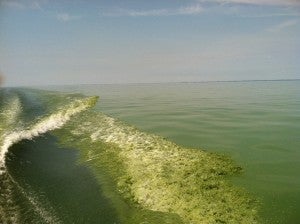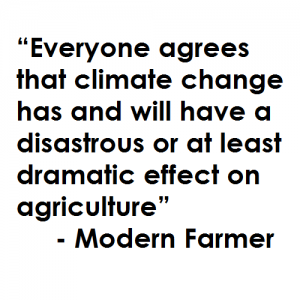The toxic algae scare in Toledo this past summer really drove home the problem of fertilizer pollution in this country, right through the faucets of half a million unsuspecting residents. Don’t drink the water, officials warned. Don’t even touch it.
We need and rely on farmers every day for our well-being. But when producing food for a growing population threatens to deprive us of water, another life essential, it’s time to rethink the way we feed America.
That’s why I’m so excited about EDF’s new Sustainable Sourcing Initiative. Our goal in this collaborative effort is to engage every player in the U.S. grain supply chain to solve what has been an intractable problem for decades.
The challenge
Fertilizer, of course, is necessary for achieving high crop yields. But its inefficient use contributes to climate instability and causes dead zones that contaminate water supplies and kill millions of fish each year.



